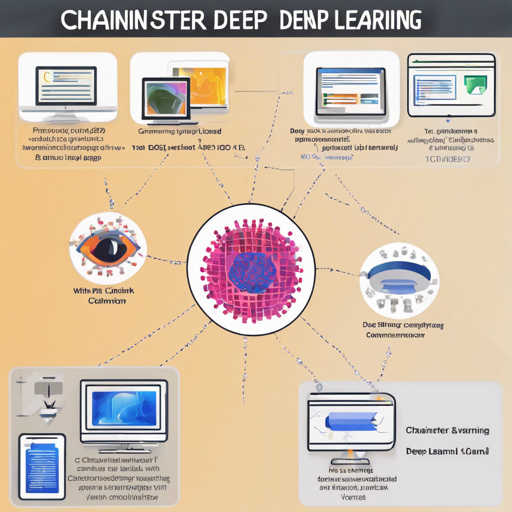Are you interested in diving into the world of computer vision using deep learning? Look no further! ChainerCV is a powerful library designed to make this journey easier. In this guide, we’ll take you through the steps to get started, the installation process, and some common troubleshooting tips!
What is ChainerCV?
ChainerCV is a collection of tools tailored for training and running neural networks specifically for computer vision tasks. From image classification to object detection, it provides a cohesive platform to help you implement various computer vision models effectively.
Supported Tasks
- Image Classification: Supports ResNet, SENet, VGG
- Object Detection: Use models like Faster R-CNN, SSD, YOLO
- Semantic Segmentation: Implement SegNet, PSPNet, DeepLab v3+
- Instance Segmentation: Utilize FCIS, Mask R-CNN
Guiding Principles
ChainerCV is developed based on three key principles:
- Ease of Use: Cohesive and simple interfaces for various models.
- Reproducibility: Training scripts that serve as excellent reference implementations.
- Compositionality: Common API across tools like data loaders and evaluation scripts.
Installation Steps
To use ChainerCV, follow these simple installation steps:
bash
$ pip install -U numpy
$ pip install chainercv
It’s recommended to use Anaconda for installation. You can find the detailed instructions here.
Requirements
- [Chainer](https://github.com/chainer/chainer) and its dependencies
- Pillow
- Cython (for building requirements)
For enhanced features, consider installing:
- Matplotlib
- OpenCV
- SciPy
- mpi4py
- [pycocotools](https://github.com/cocodataset/cocoapi/tree/master/PythonAPI/pycocotools)
Data Conventions
Understanding data conventions is essential when working with ChainerCV. Here’s a quick guide:
- Image: RGB channel order, shape (CHW), values in [0, 255]
- Bounding Boxes: Shape (R, 4) with coordinates (y_min, x_min, y_max, x_max)
- Semantic Segmentation: Shape (height, width); value represents class id
Sample Visualization
Check out the outputs of detection models supported by ChainerCV:
Troubleshooting Tips
If you encounter issues while working with ChainerCV, consider the following troubleshooting steps:
- Ensure that all dependencies are correctly installed.
- Check compatibility between ChainerCV and the version of Chainer you’re using.
- If having issues running specific functions, consult the documentation here.
- For more insights, updates, or to collaborate on AI development projects, stay connected with fxis.ai.
At fxis.ai, we believe that such advancements are crucial for the future of AI, as they enable more comprehensive and effective solutions. Our team is continually exploring new methodologies to push the envelope in artificial intelligence, ensuring that our clients benefit from the latest technological innovations.
Understanding the Code: An Analogy
Imagine ChainerCV as a luxurious toolbox for a master craftsman—think of the craftsman as the deep learning engineer, and the toolbox as ChainerCV. Within this toolbox are different sets of tools that represent various models such as ResNet, Faster R-CNN, and YOLO.
When the craftsman decides to build a beautiful piece of furniture (which symbolizes a deep learning model), they can choose the perfect tools from the toolbox depending on the task at hand. For instance, if they need to classify images, they grab the classification tools (like ResNet). If they are tackling object detection, they reach for the object detection tools (like SSD or YOLO).
Each tool is cleverly designed with a cohesive interface, making the craftsman’s job simpler and more efficient. As each tool is crafted with care, they symbolize the robust implementations of computer vision networks. Like any master craftsman, the deep learning engineer must ensure that the tools are maintained—with correct library versions and dependencies—much like ensuring your tools are well-kept and ready for use.
With ChainerCV, anyone can now embark on their journey in computer vision without feeling overwhelmed, knowing they have a reliable toolbox at their disposal!

